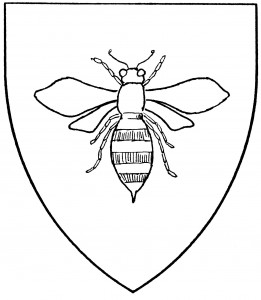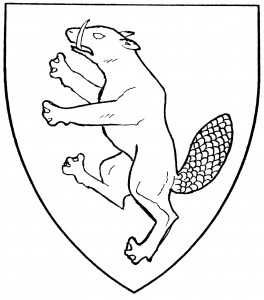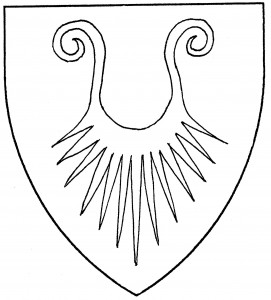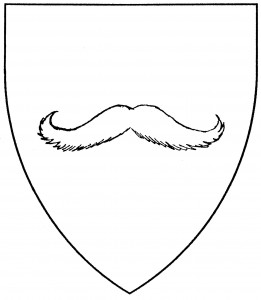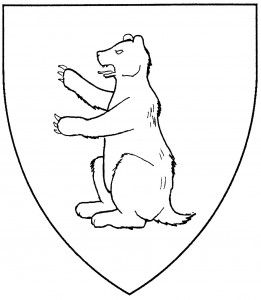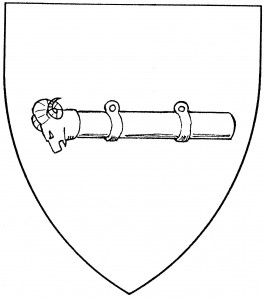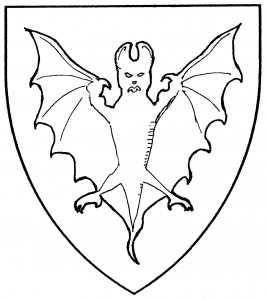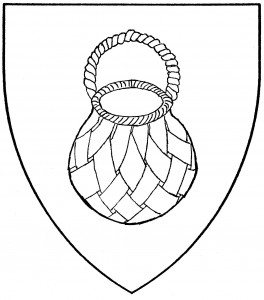Beasts in Society heraldry tend to follow the same conventions as those in mundane heraldry. Any special Society usages for a given beast will be found in the entry for that beast.
Any beast known to period Europeans may be used in Society armory – though, if the beast is not itself European, its use may be considered a step from period practice. (An exception is made for non-European beasts actually used in period European armory: the elephant is probably the best-known example.)
For specific beasts, see: antelope (natural), ape, badger, bat, bear, beaver, boar, bull, camel, cat, deer, dog, elephant, ermine, fox, goat, hedgehog, horse, hyena, ibex (natural), lion, mole, mongoose, mouse, panther (natural), rabbit, rhinoceros, sea-lion (natural), sheep, squirrel, tyger (natural), wolf. See also demi-beast.
Gareth the Russel bears: Azure, a skunk statant proper.
David of Staffa bears: Or, a hippopotamus statant azure, a base engrailed vert.
Sven Örfhendur bears: Argent, a sloth pendant contourny vert from a rod fesswise sable.
Rosatrude the Shrew bears: Or, a water shrew statant to sinister sable marked argent.

